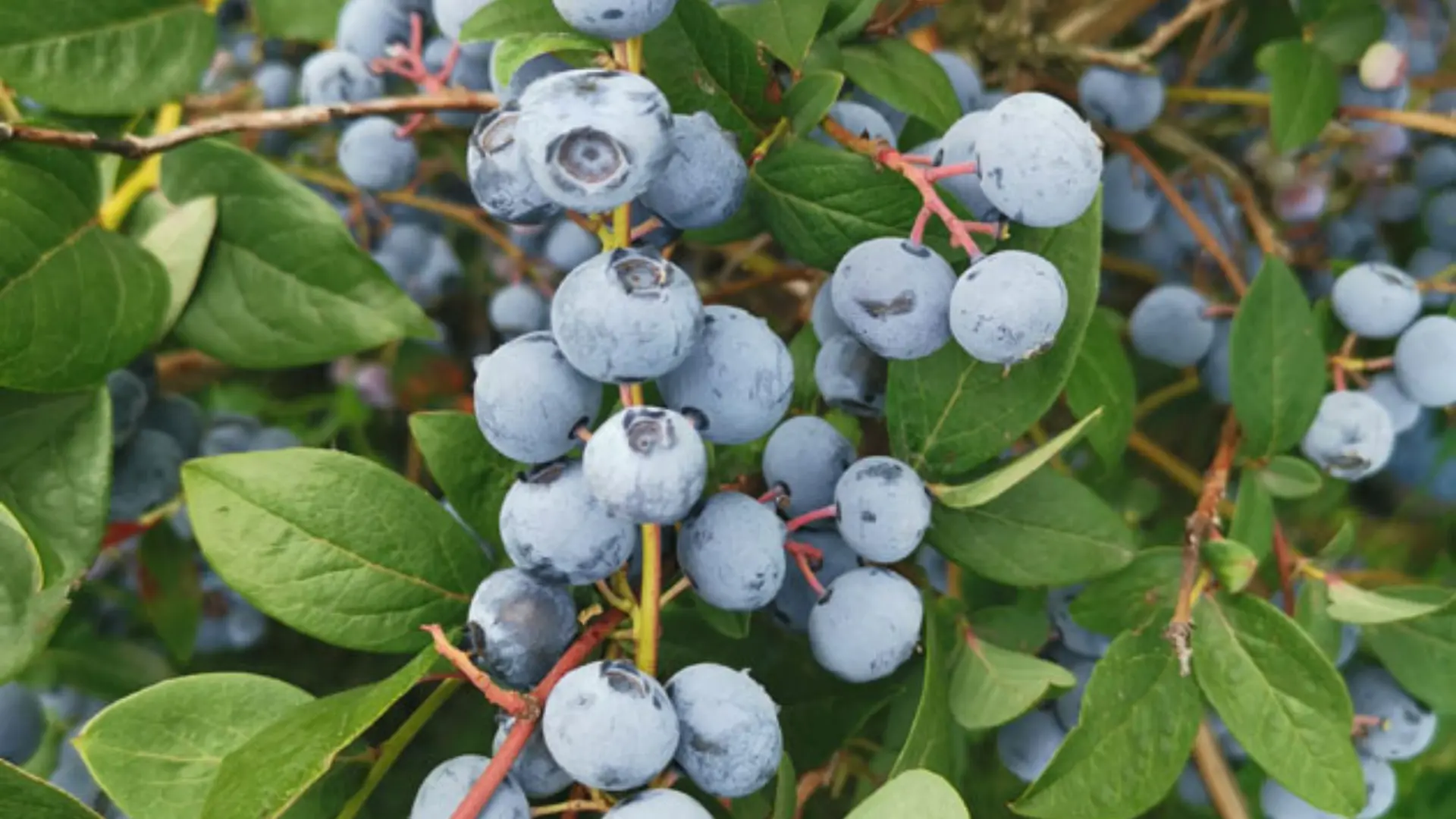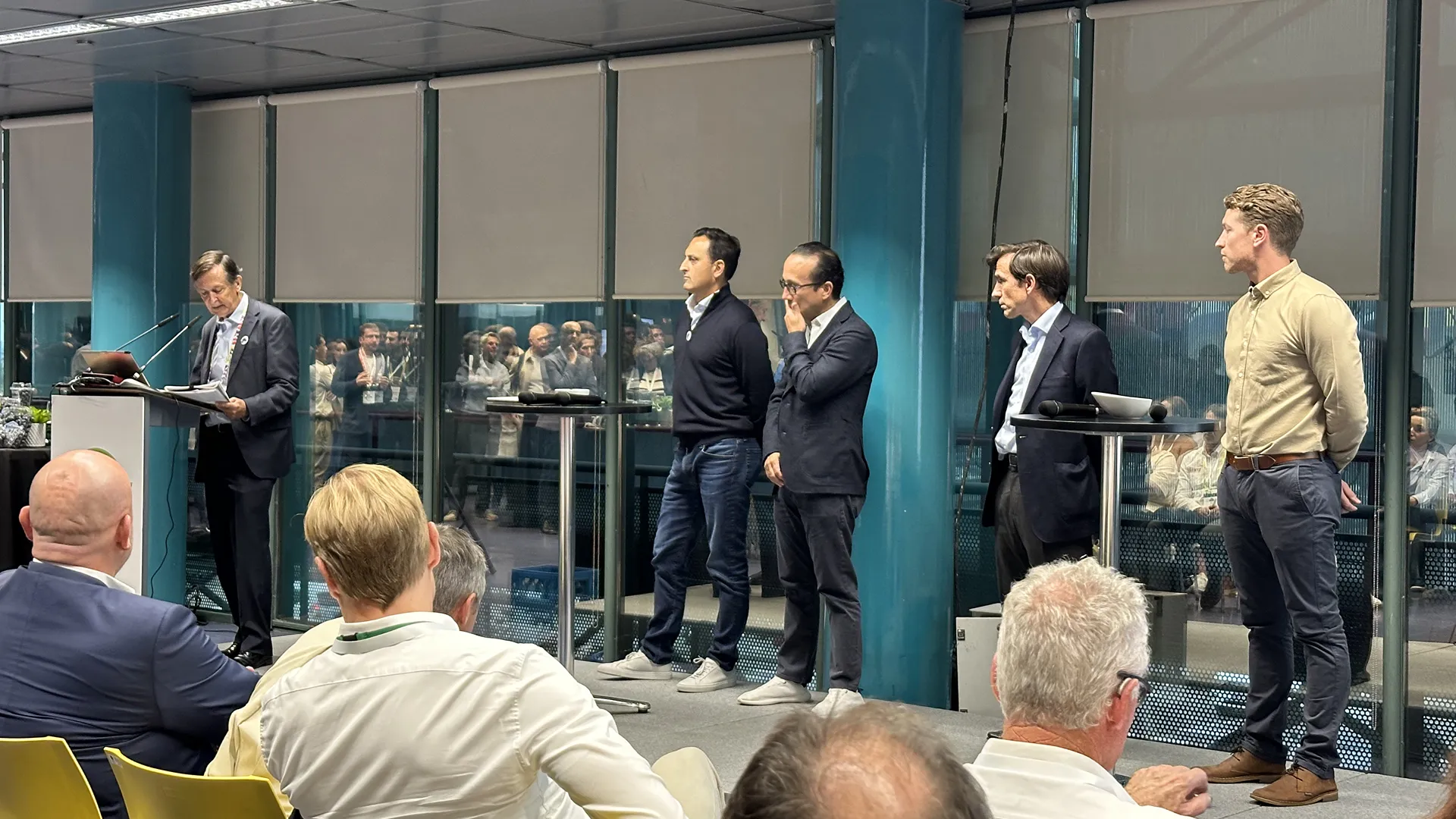BLUEBERRIES AND SEGMENTATION
In the first part (Segmentation blueberry: standard and premium) we looked at the basics of blueberry segmentation: what is meant by market segmentation, why create segments and how to segment the blueberries market. We then described two segments: standard and premium. If you have not yet read the first part, we recommend that you read the article before continuing your reading by clicking below. Otherwise, continue by going straight to the next paragraph.
ORGANIC
The organic segment is strictly defined both from a product (EC Reg. nº 834/2007) and marketing point of view.
In fact, organic blueberries is part of the wider segment of organic products for which the production and distribution chain must adhere to minimum standards set by law. From a marketing point of view, consumers have precise expectations for this category in terms of the healthiness of the product and the sustainability of the supply chain, and show different behaviour and consumption habits compared to consumers who do not buy organic.
The organic segment affects two types of consumers:
- those who buy mainly organic and want to expand their product range (e.g. by adding a handful of organic blueberries to organic yoghurt)
- consumers of conventional blueberries migrating to organic.
In the first case new consumption is created because the consumer who starts to buy organic blueberries to expand his organic shopping cart before did not buy other types of blueberries. In the second case, instead, it is likely that there is a substitution and that the overall consumption does not increase; on the contrary, it could decrease due to higher prices and other factors (for example, a more frugal attitude of the consumer of organic products, the lower propensity to out of season or imported product).
Currently, the share of organic in total fruit and vegetable consumption varies between 2% and 10% in Europe, while it has reached 14% in the United States.

The price differential between organic and conventional, although normally very high when expressed in €/kg, is normally mitigated by a careful format policy. In fact, supermarkets normally offer organic only in 125g or 150g formats. In this way, the price per pack is often comparable with the conventional product sold in the same store.
THE "ZERO RESIDUE"
Zero residue' is a new category of product that does not contain residues of chemicals when it gets to the market. This segment is growing also in the blueberry market.
It is a segment that touches on the organic segment in some respects, with which it shares certain aspects of product wholesomeness. However, it is not completely overlapping: for example, Carrefour sells 'zero residue' blueberries and organic blueberries at the same time in France.

In Italy Sant'Orsola has developed its own brand for the zero residue.
DISCOUNT
The discount segment represents a first price line. The aggressive price can be achieved by using either the quality lever or the format lever.
The quality leverage acts on the price per kg and acts on the parameters of berry size (e.g. setting minimum sizes of 10 mm or not imposing restrictions on minimum size), on varieties (using less valuable varieties or less valuable types such as rabbit-eye) or on origins, favouring the imported blueberry over the domestic one if both origins are available at the same time.
The other discount strategy is to lower formats to act on the unit price. With formats of 125g, 150g 170g or maximum 200g, the checkout price is generally very low, with minimums of 0.89.
Tesco, Britain's largest supermarket, sells at least one 125g reference every week at a price not exceeding £0.99, in some weeks even two (one organic and one conventional).

LOCAL
From the point of view of market analysis, the 'local' segment mainly identifies the product of national origin.
With the spread of blueberry cultivation in the main consumer countries (in Europe, the United Kingdom and Germany), there is also a growing interest from the retailers to characterise a product line with national origin.
These lines normally have a fairly marked seasonality (a few weeks or months in northern European countries).

However, in countries with more differentiated climatic zones such as Italy, the season extends for most of the year, with fresh produce available from March (from Sicily) to September (in the Alpine areas), which can be extended by means of cold storage techniques.
So in Italy this segment could reach a significant share of consumption. For example, Sant'Orsola, Pam and Conad have already developed specific brands for the national berries , laying the foundations for the creation of a 'locally sourced' product segment.
CONTINUE...
This is the second in a series of articles on market segmentation of blueberries. If you don't want to miss the next ones, subscribe to the newsletter:






